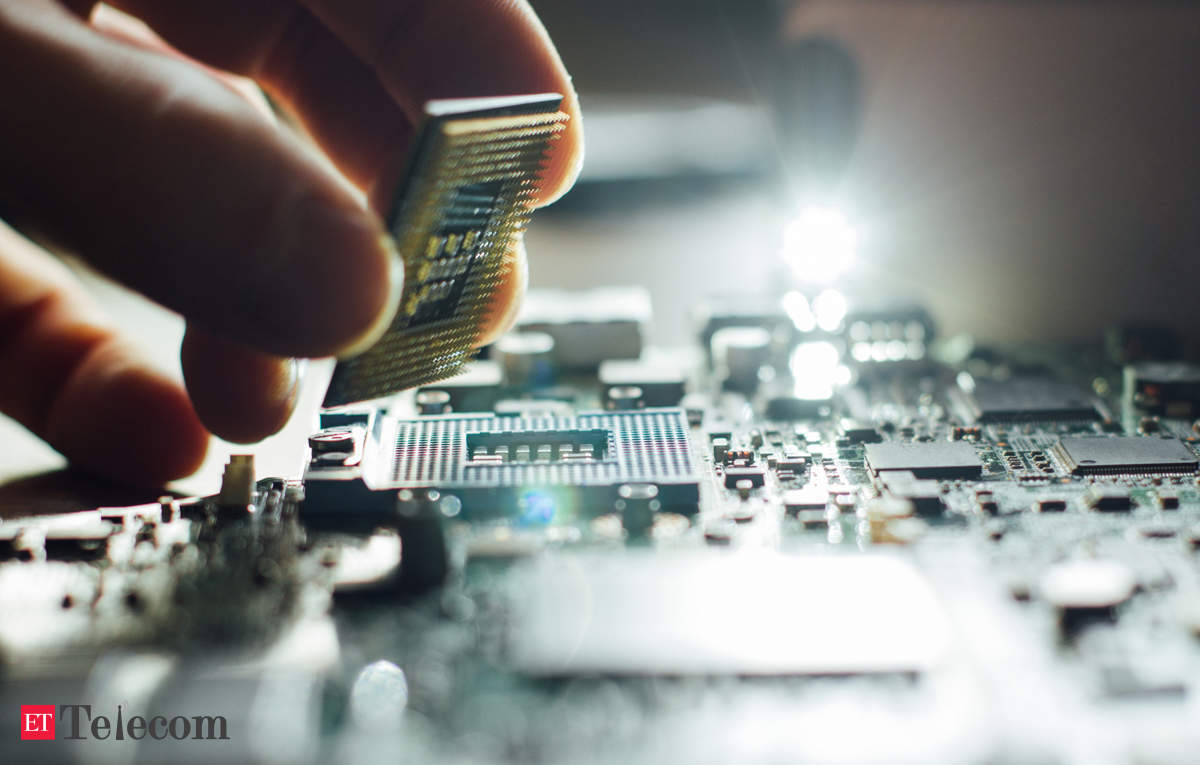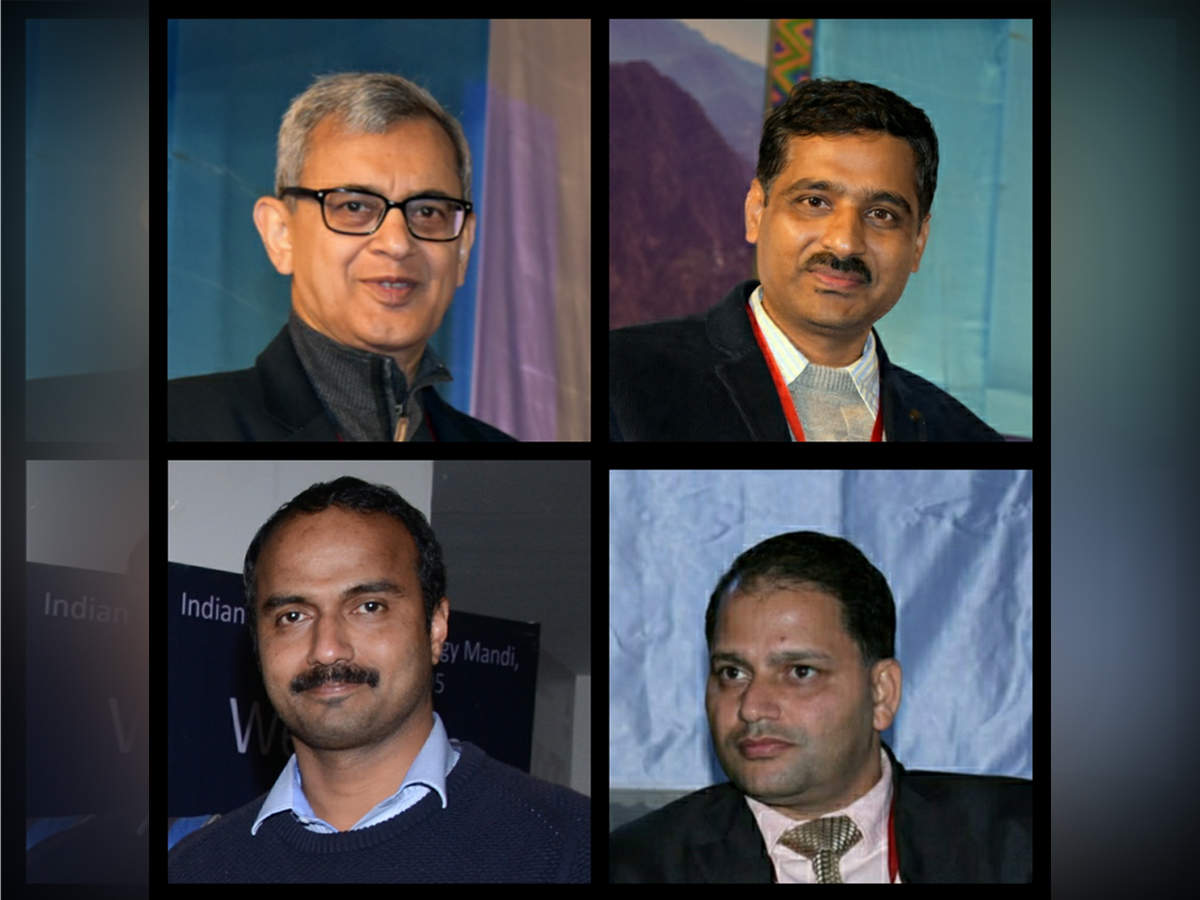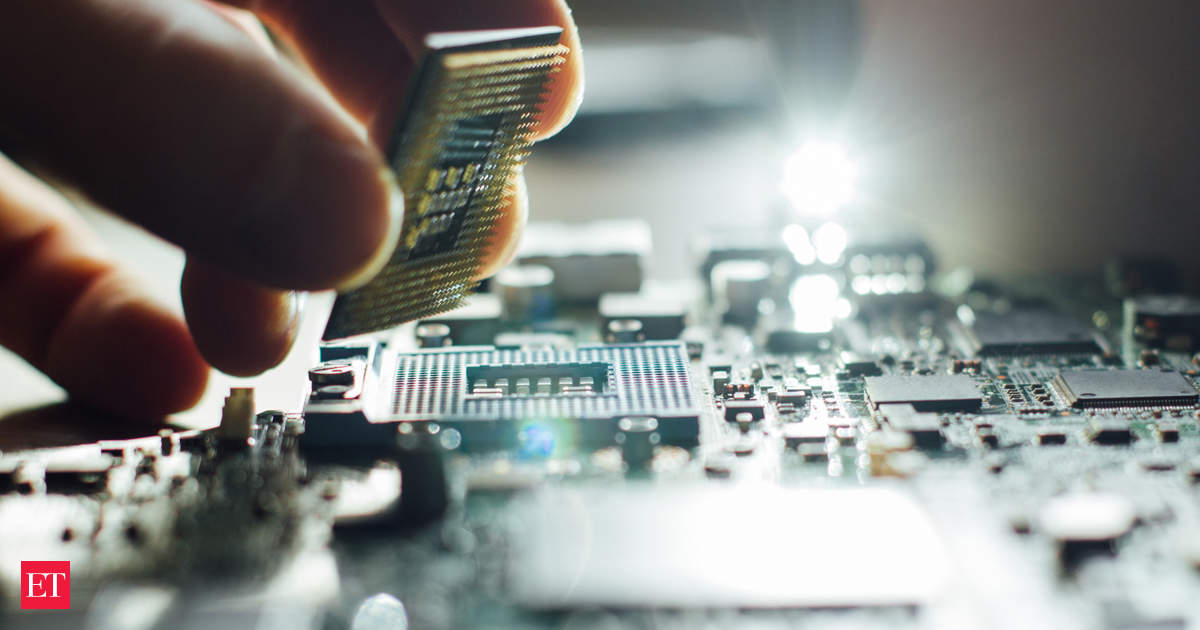warriorextreme
Senior Member
- Joined
- Sep 29, 2010
- Messages
- 1,867
- Likes
- 3,040

India’s Big Push For Small Chips: Union Government Invites Companies To Submit EoI By Jan 21 For Setting up Semiconductor Fabrication (FAB) Plants In India
In a move aimed at incentivising and attracting investment for setting up of chip manufacturing in India, the Union Ministry of Electronics and Information Technology (MeitY) today issued an notice inviting Expression of Interest (EoI) for setting up / expansion of existing Semiconductor wafer /...
swarajyamag.com
India’s Big Push For Small Chips: Union Government Invites Companies To Submit EoI By Jan 21 For Setting up Semiconductor Fabrication (FAB) Plants In India
In a move aimed at incentivising and attracting investment for setting up of chip manufacturing in India, the Union Ministry of Electronics and Information Technology (MeitY) today issued an notice inviting Expression of Interest (EoI) for setting up / expansion of existing Semiconductor wafer / device fabrication (FAB) facilities in India or acquisition of Semiconductor FABs outside India.
The last date for submission of EoI proposal is Jan 31, 2020.
MeitY asked the interested firm to can indicate the kind of financial support desired from the Government of India, including Grant-in-Aid (GIA), Viability Gap Funding (VGF) in the form of Equity and / or Long-Term Interest Free Loan (LIFL), tax incentives, infrastructure support, etc.






